World first as Bell Burnell pulsar chart goes on display
Iconic object exhibited for first time, alongside works by Isaac Newton and Stephen Hawking
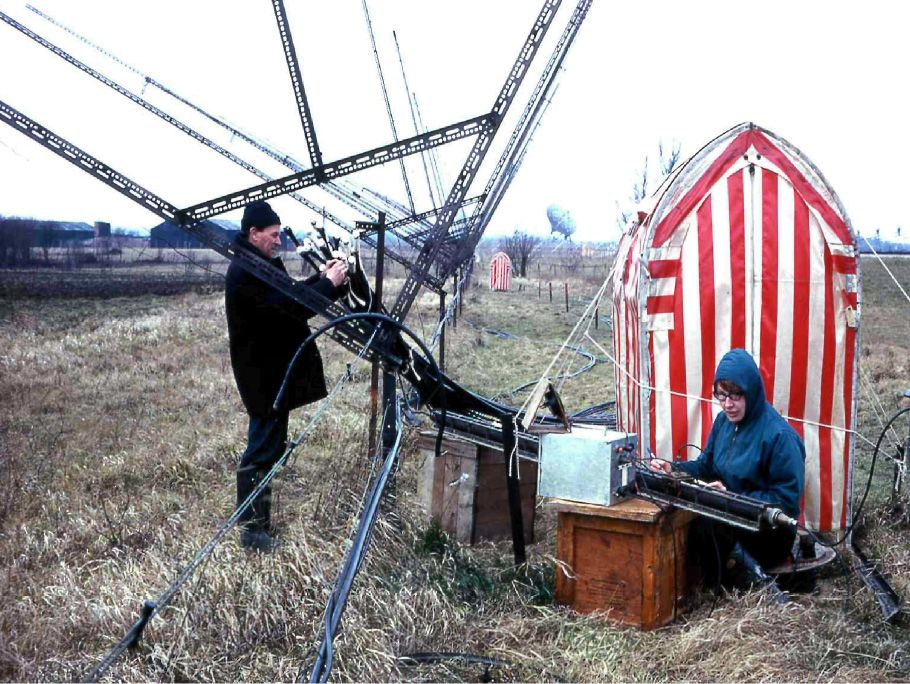
The chart which captures the moment pulsars were discovered by Dame Jocelyn Bell Burnell has gone on display for the first time – on International Women’s Day – in an exhibition marking the 200th anniversary of the Cambridge Philosophical Society (CPS).
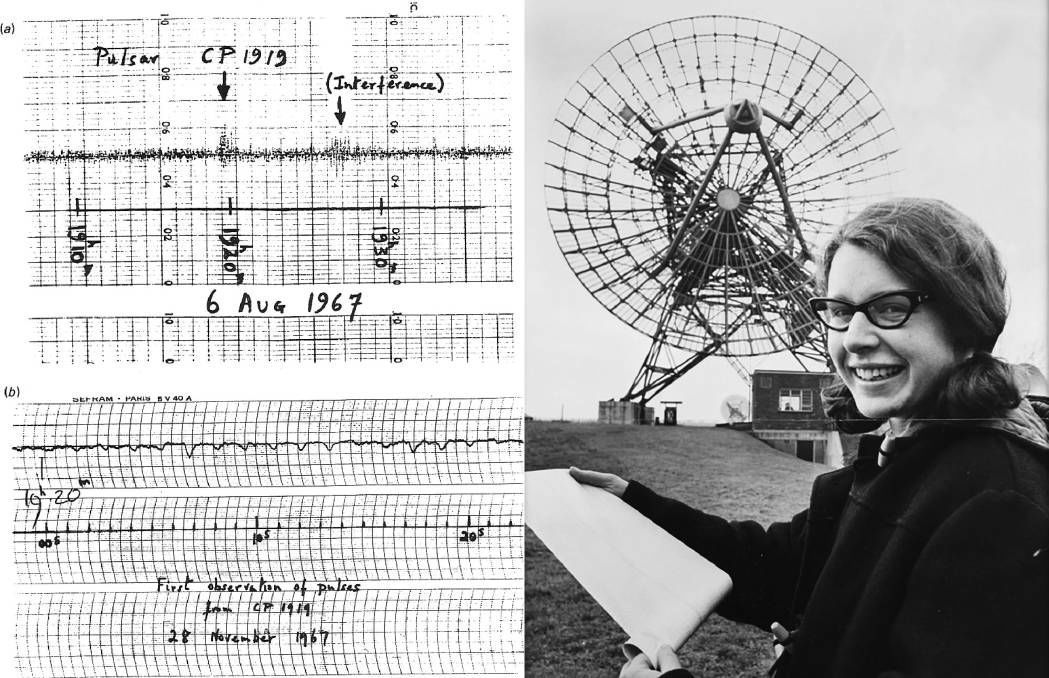
Jocelyn Bell (Burnell) pictured at the Mullard Radio Observatory in 1967 with the pulsar chart, left. Image courtesy of the Cavendish Laboratory.
Jocelyn Bell (Burnell) pictured at the Mullard Radio Observatory in 1967 with the pulsar chart, left. Image courtesy of the Cavendish Laboratory.
Discovery: 200 Years of the Cambridge Philosophical Society, which runs from March 8-August 31, 2019 at Cambridge University Library, charts two centuries of the Society’s key role in some of the most significant scientific advances of the day, including Darwin’s theory of evolution, Cambridge’s first Nobel Prize winner Lord Rayleigh’s seminal work on waves, and the birth of ‘Big Data’ experiments from the 19th century.
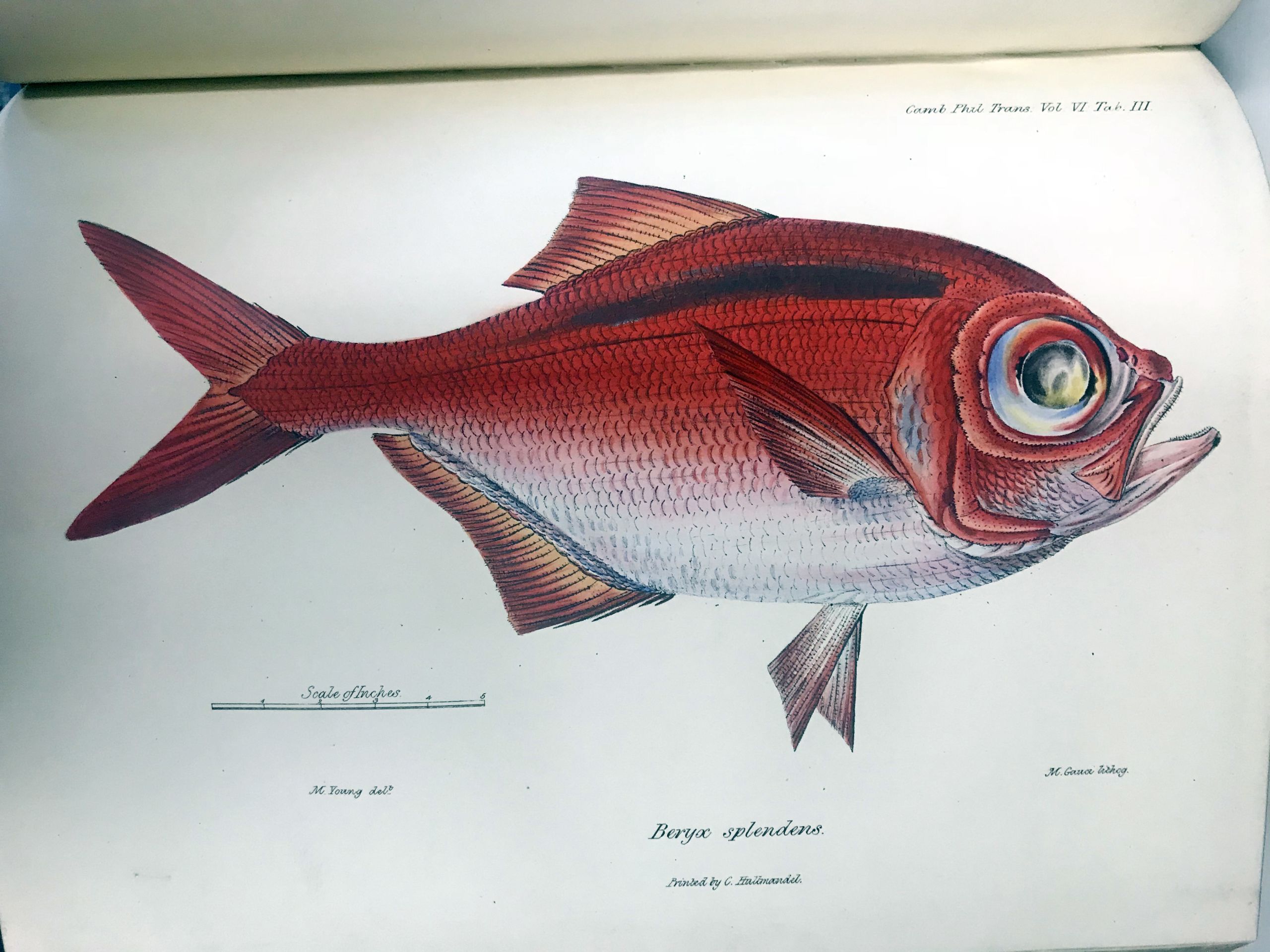
The Society’s fellowship included many Nobel Prize winners and some of the most important scientific figures of the 19th and 20th century, and helped to turn Cambridge from a scientific backwater into the world-famous centre for research it is today, with 107 Nobel Prize winners to its name.
One of the most fascinating collections going on display are hundreds of anthropometric cards (pictured) which, from 1884-1904, collected huge amounts of information on more than 11,000 Cambridge University students – including the physicist Ernest Rutherford and the economist John Maynard Keynes.
The parallels with today’s Big Data movement are brought into focus with the inclusion of 21st century research relating to psychometric data from social media sites such as Facebook.
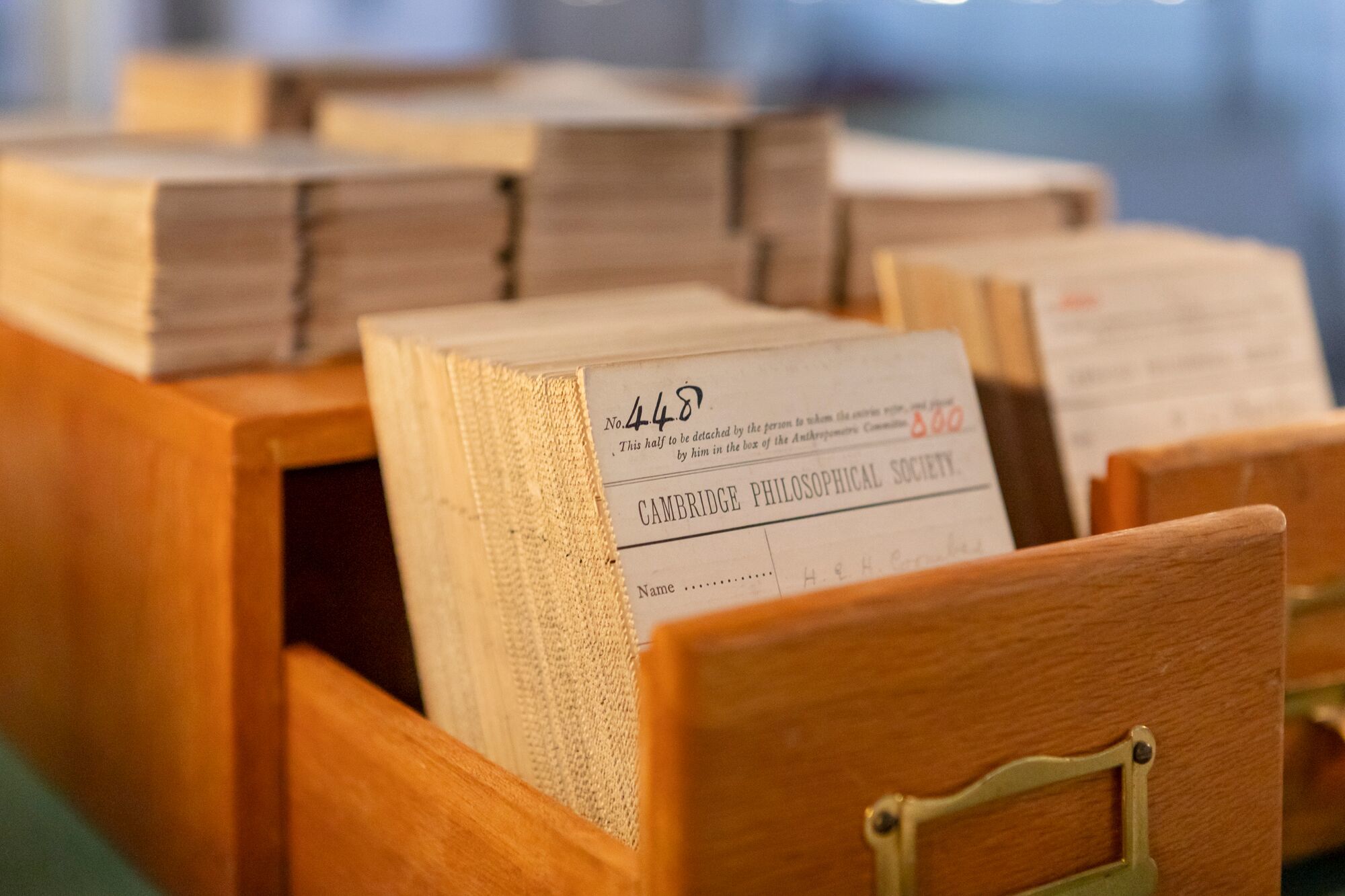
Also going on display in Discovery:
Darwin’s personal first edition of On the Origin of Species and his correspondence with key scientists of the age.
Newton’s annotated copy of Principia Mathematica.
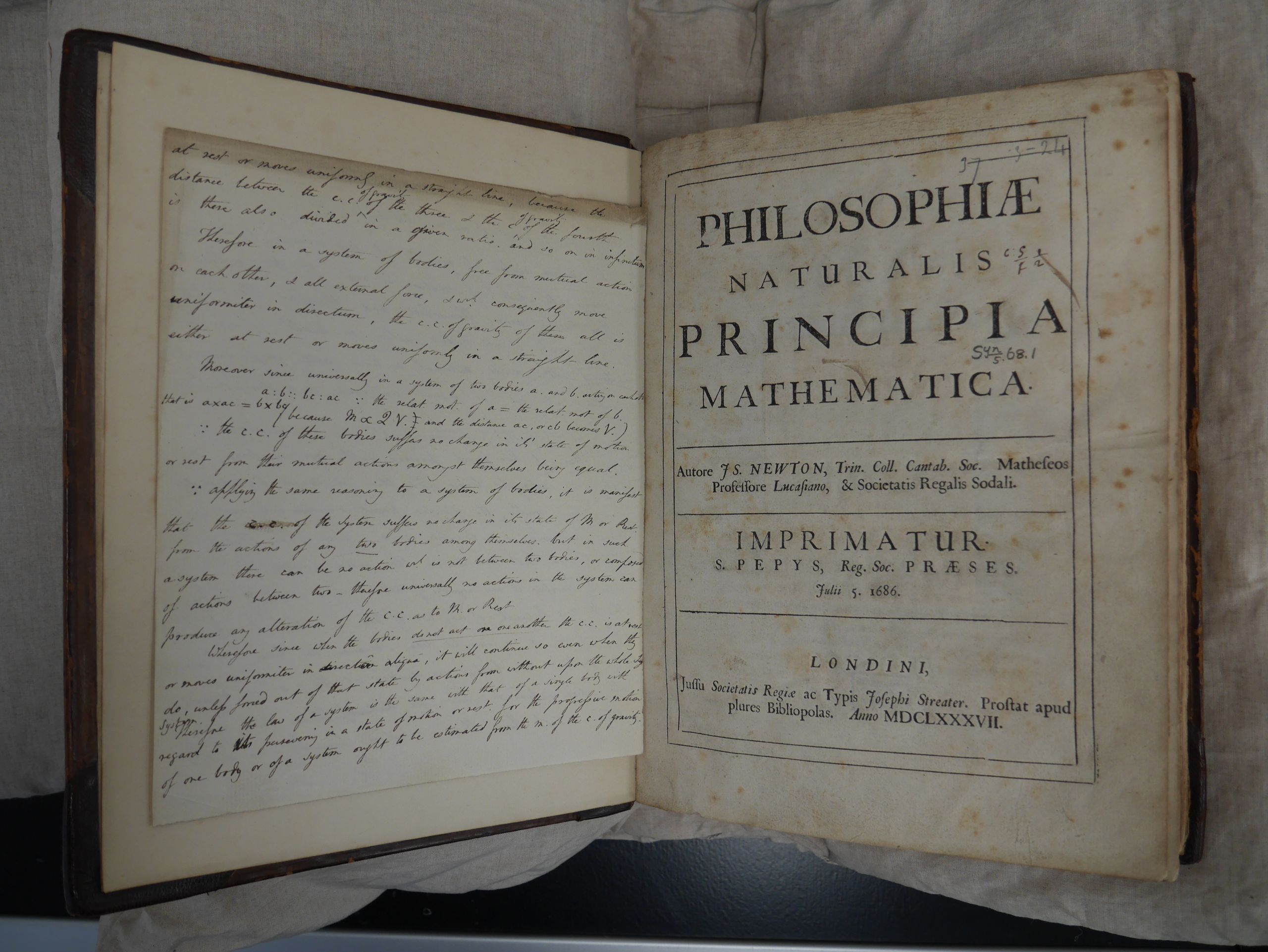
Lord Rayleigh’s home-made equipment for his pioneering work on wave propagation.
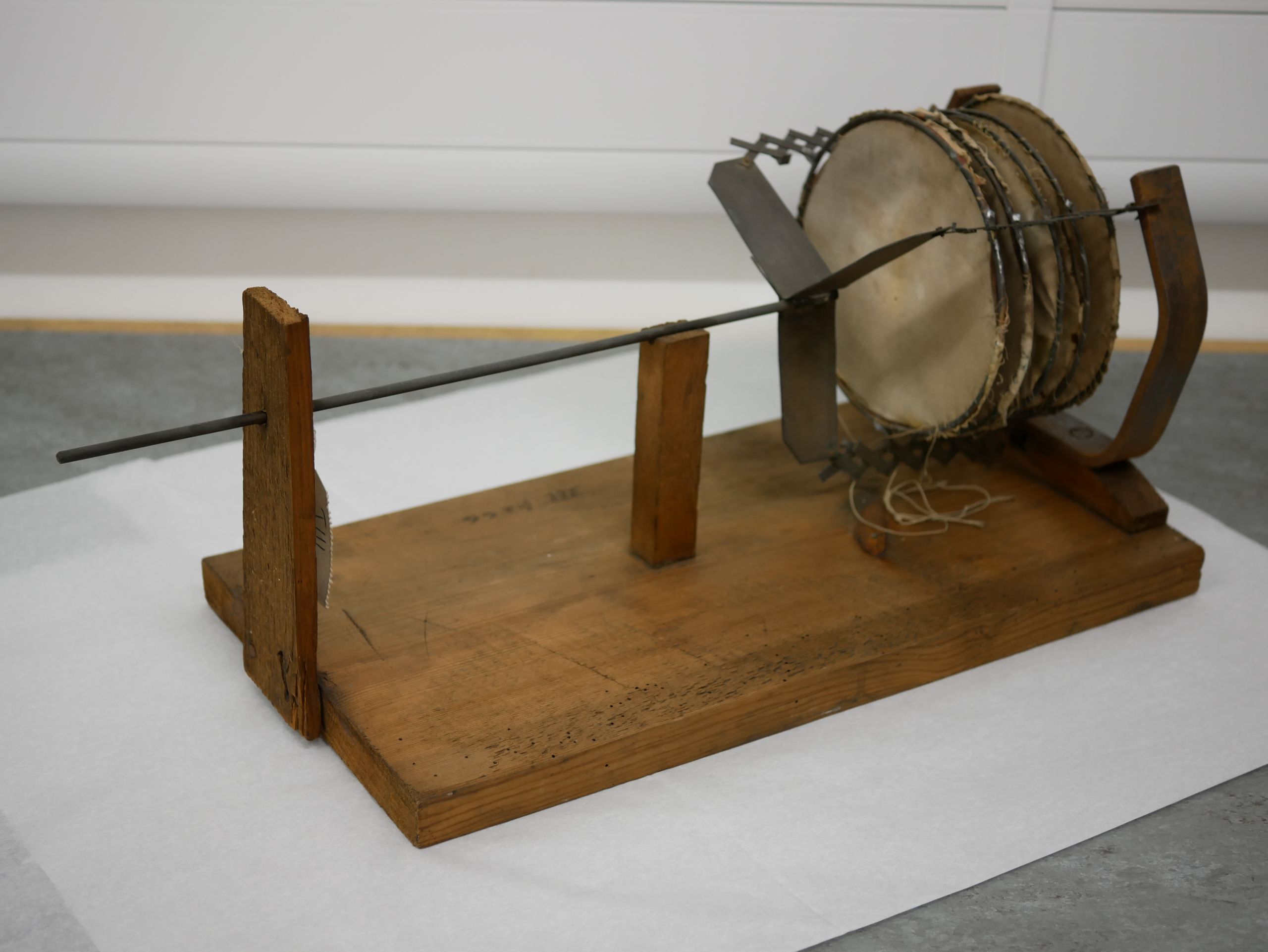
Natural history objects including a salamander fossil once believed to be the skeletonised remains of a Biblical-era human.
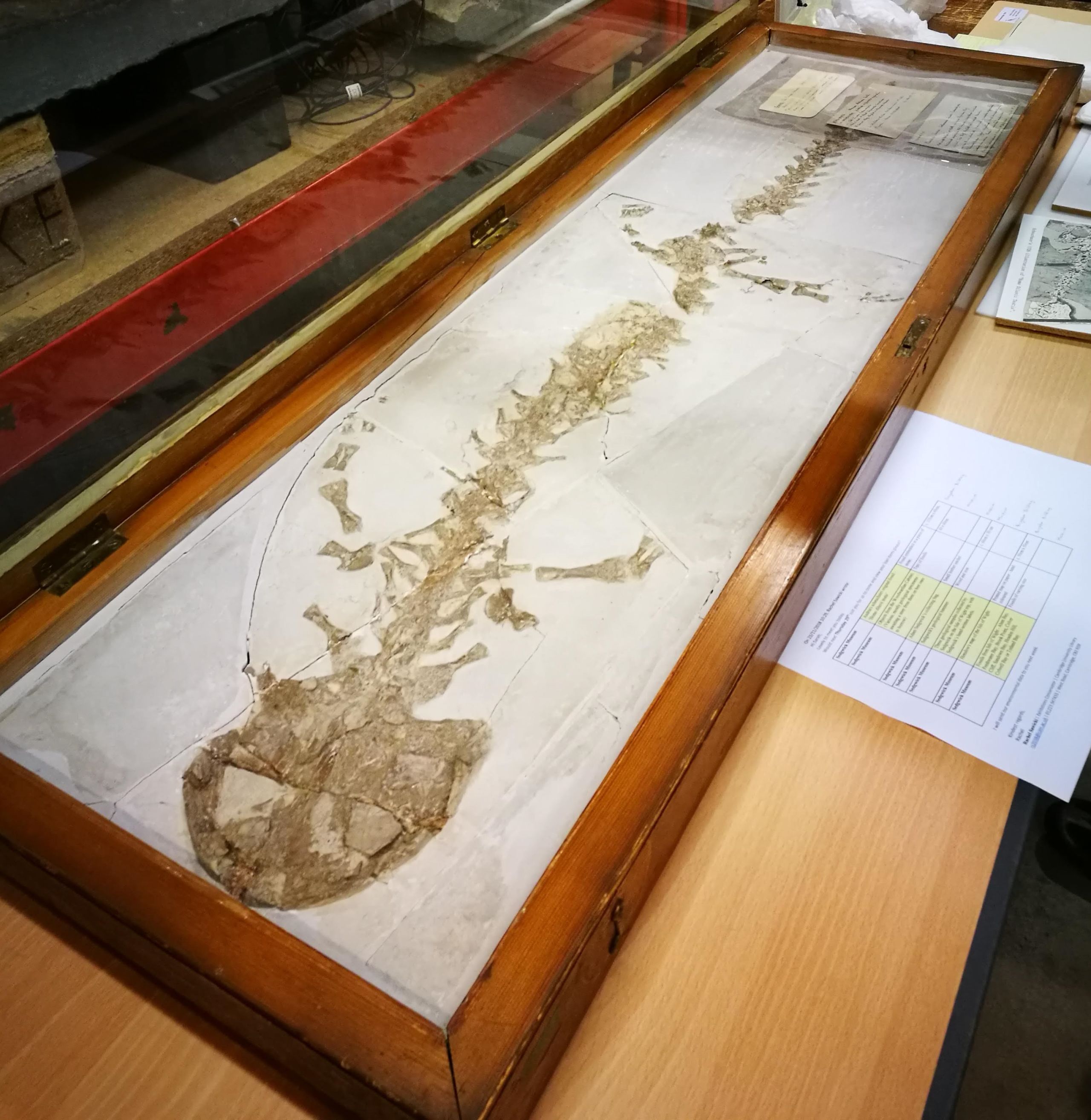
A minute book recording the first definitive proof that Einstein’s Theory of Relativity was correct.
The world’s first plasticised plant – used in the research of the capture mechanism of insectivorous plants.
“The story of Jocelyn Bell Burnell’s discovery of pulsars is an iconic moment in 20th century science – and we are thrilled beyond measure to be the first to display this legendary object as part of Discovery.
“The history of women scientists is often hidden, but female scientists were active throughout the 19th and 20th century, undertaking ground-breaking research and changing the world around us in the same way the CPS has. It’s especially fitting that Dame Jocelyn’s pulsar chart will go on display for the very first time on International Women’s Day.”
Dr Jessica Gardner, Cambridge University Librarian
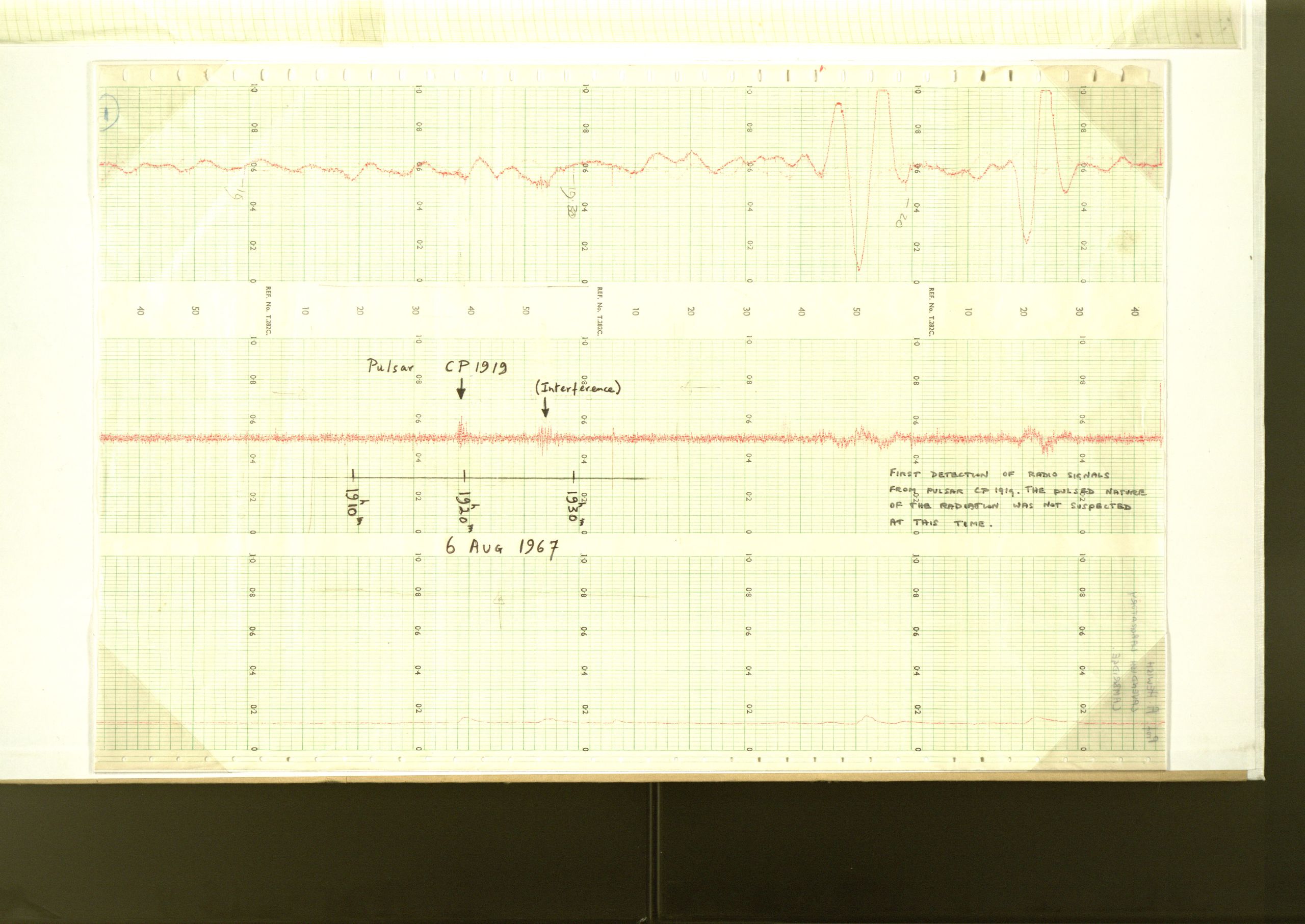
“From its inception, the Society placed Cambridge at the centre of the scientific universe. It encouraged the globalisation of science, drawing speakers from overseas, and establishing an international journal exchange programme.
“To keep members up to date with the latest field research, letters were read out at meetings from scientists working in far-flung countries, most famously Charles Darwin on the Voyage of the Beagle.
"The ongoing programme of public lectures continues to this day. In the exhibition we have a letter to Einstein which talks of having to turn hundreds of people away, such was the clamour to attend them.”
CPS President, Professor Simon Conway-Morris
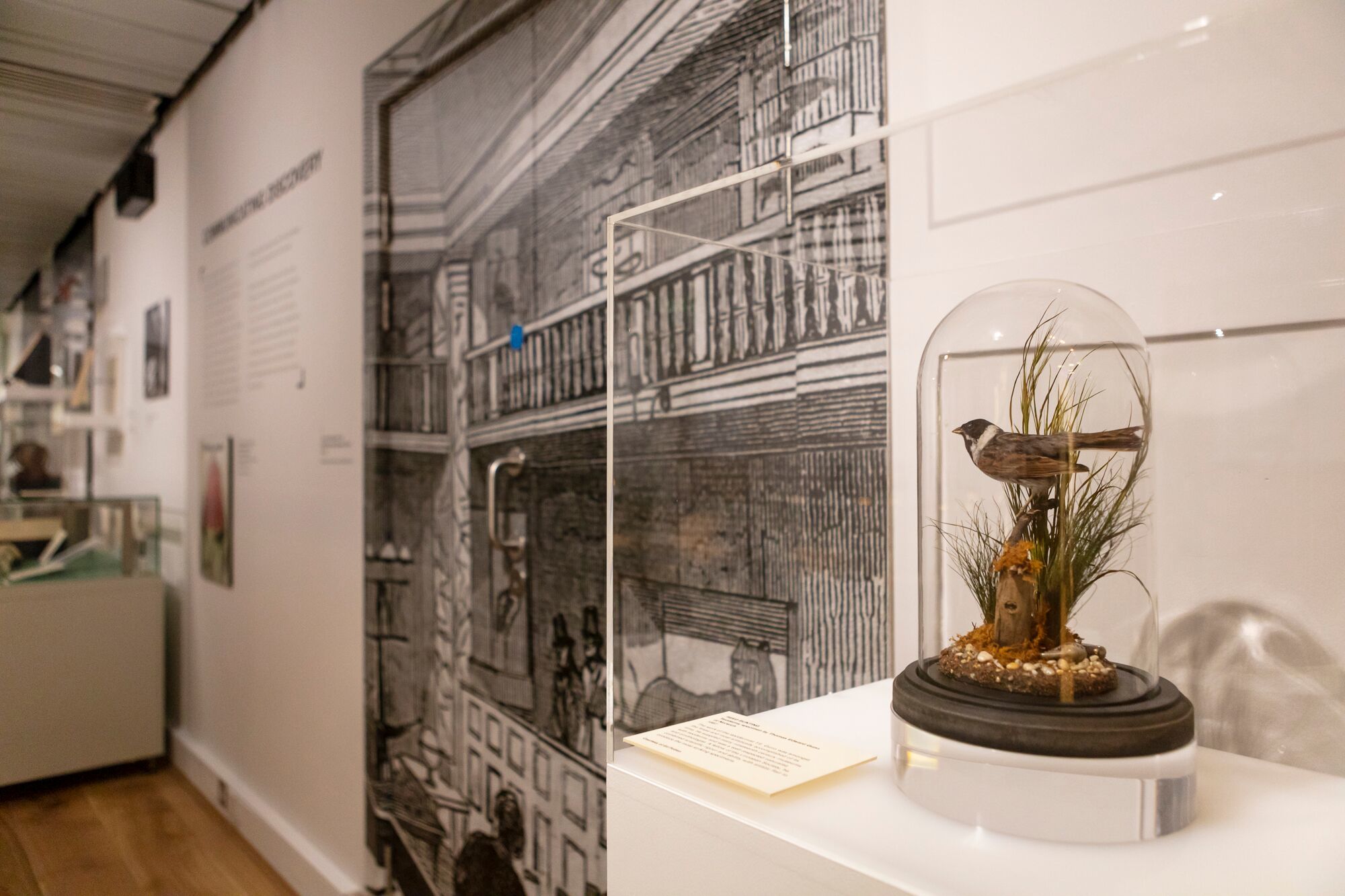
Also going on display is a copy of Mary Somerville’s famous 1834 work On the connexion of the physical sciences. Somerville was a polymath, scientist and writer and this book became one of the best-selling science books of the 19th century.
Yet despite her fame and ability, Mary (pictured) was not permitted to join the CPS. The Society finally allowed women to become full fellows in 1929.
As well as works of great scientific renown, Discovery also puts on display some rather curious objects including desiccated strawberry crabs, iridescent beetles, and stuffed birds.
Other unusual objects include a giant cast of a fossil surface from Newfoundland, used to research the earliest animal life on earth, and head callipers used to measure the size of a subject’s head and distance between their eyes.
Image courtesy of Somerville College, Oxford.
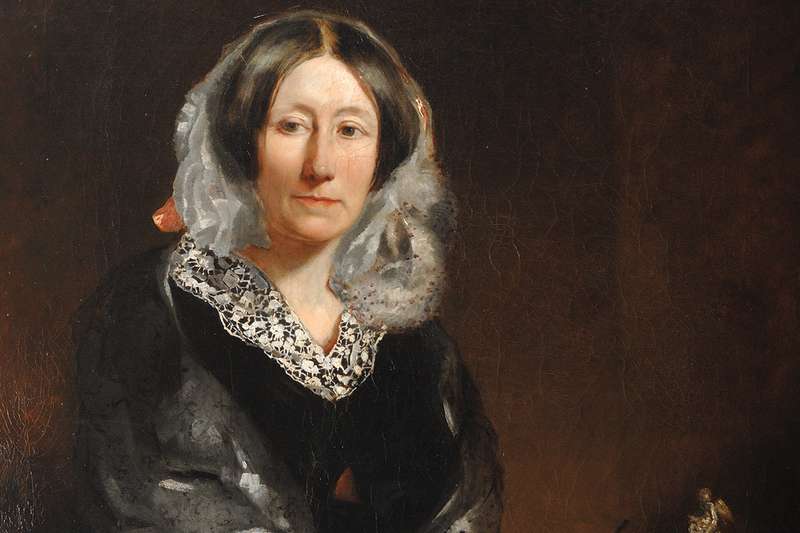
As part of the bicentenary celebrations, a new book by Dr Susannah Gibson The Spirit of Inquiry has been published, bringing to life the many remarkable episodes and illustrious figures associated with the Society.
“In 1819, Adam Sedgwick and John Stevens Henslow began to dream of a new scientific society for Cambridge. This society would bring together like-minded young men who wished to learn of the latest science from overseas, and would encourage original research in Cambridge.
"This one extraordinary society shaped modern science as we know it today and reflected a changing Cambridge University as well – all against the backdrop of a profound social and intellectual transformation, from early Victorian times, through the world wars, to the present day.”
Dr Susannah Gibson
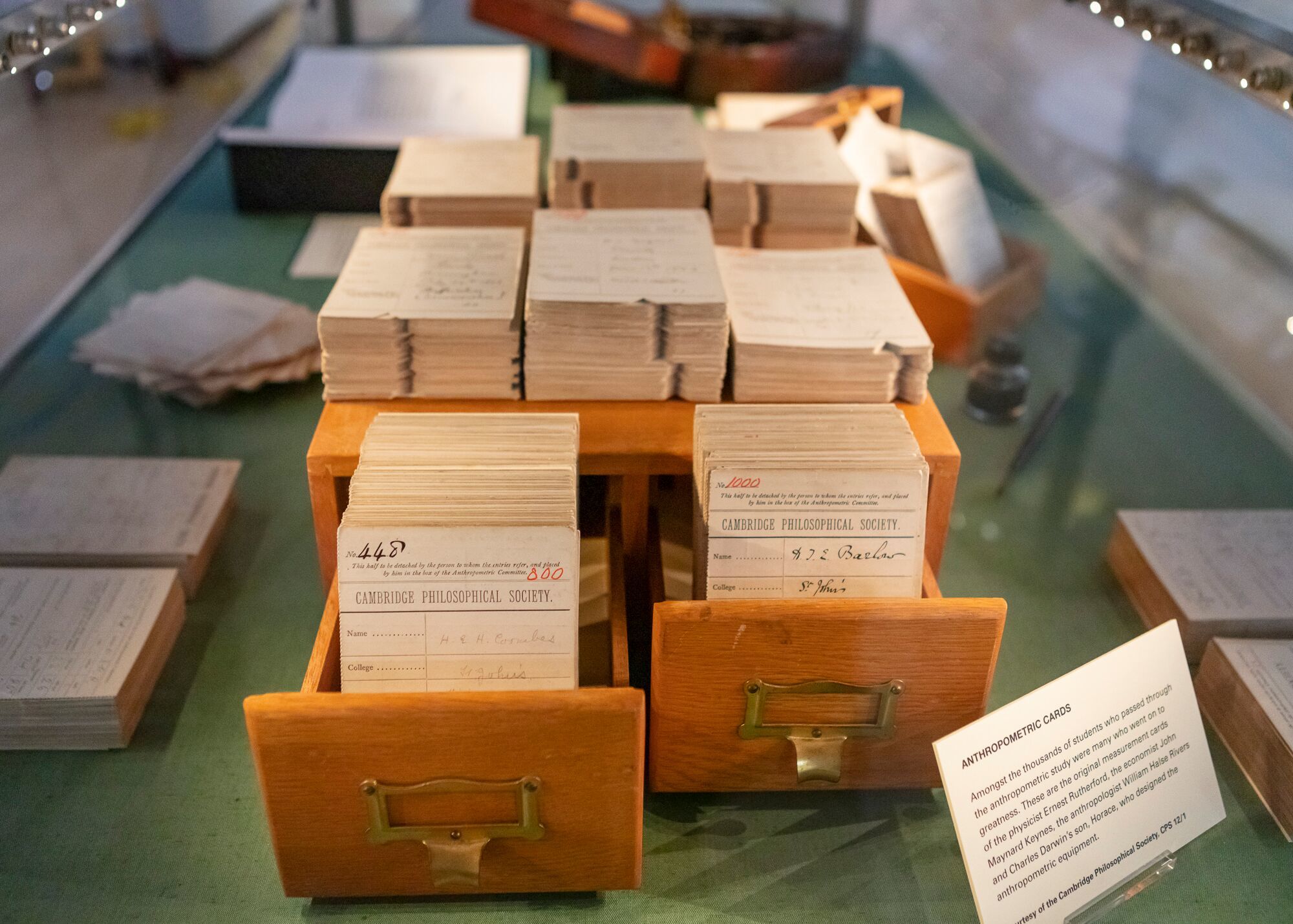
Discovery opens to the public from Friday, March 8, 2019 and runs until August 31, 2019 in the Milstein Exhibition Centre at Cambridge University Library. Entry is free.
Exhibition video courtesy of @SimonHallNews

